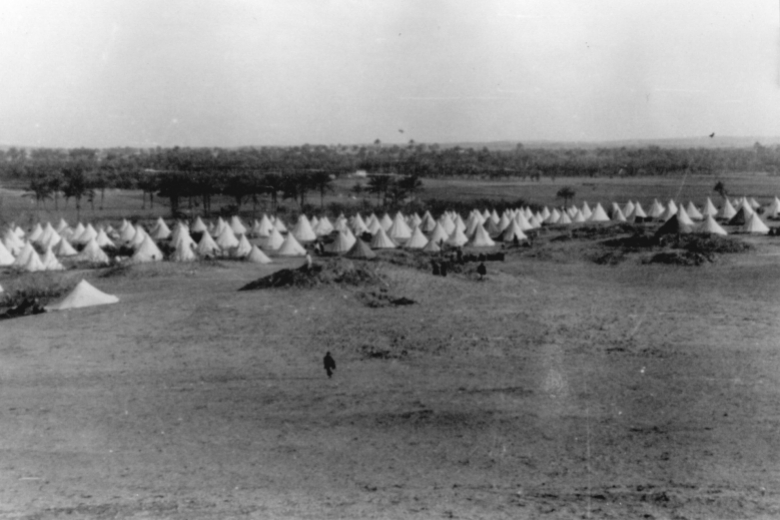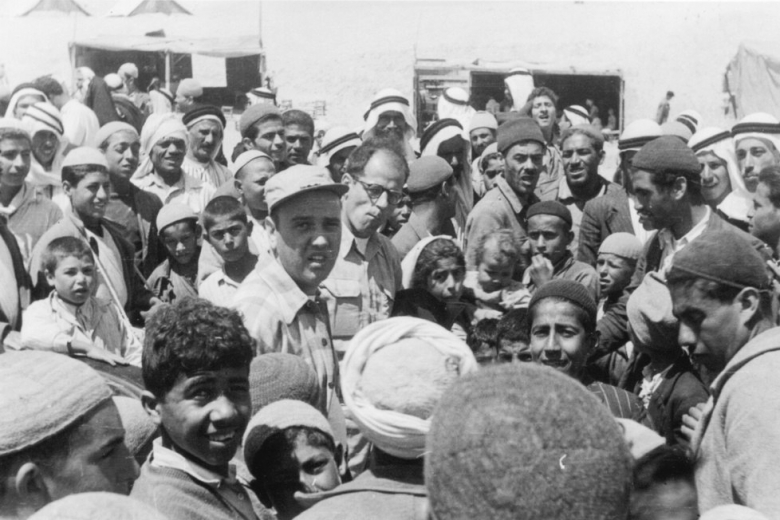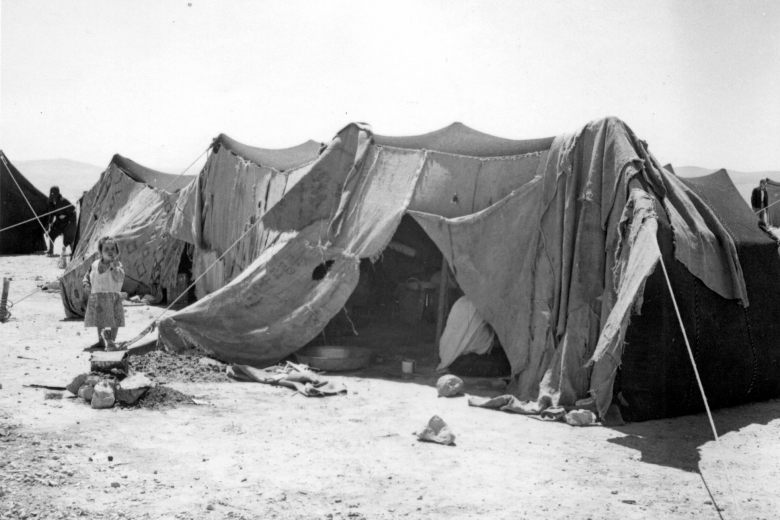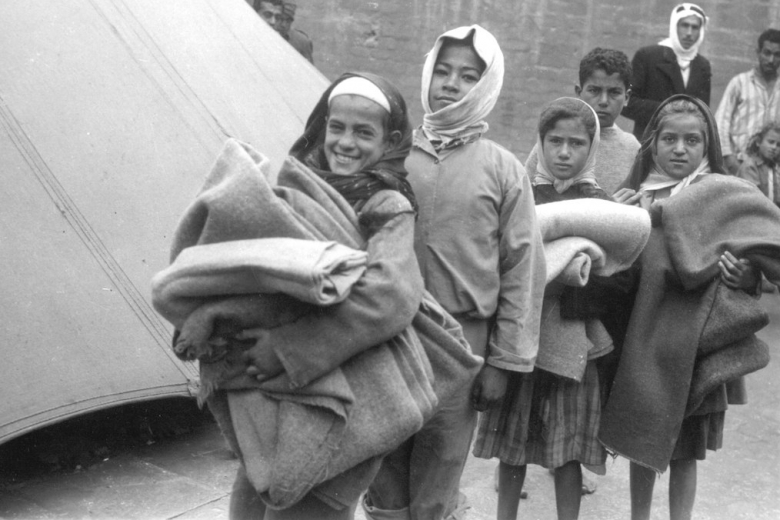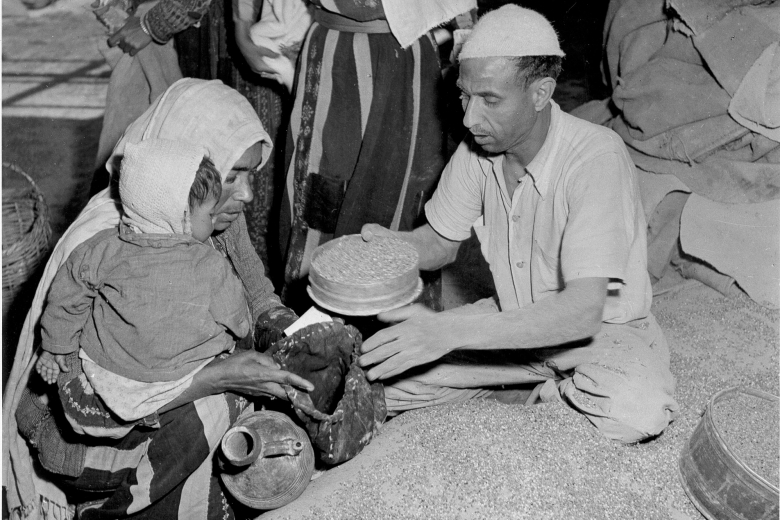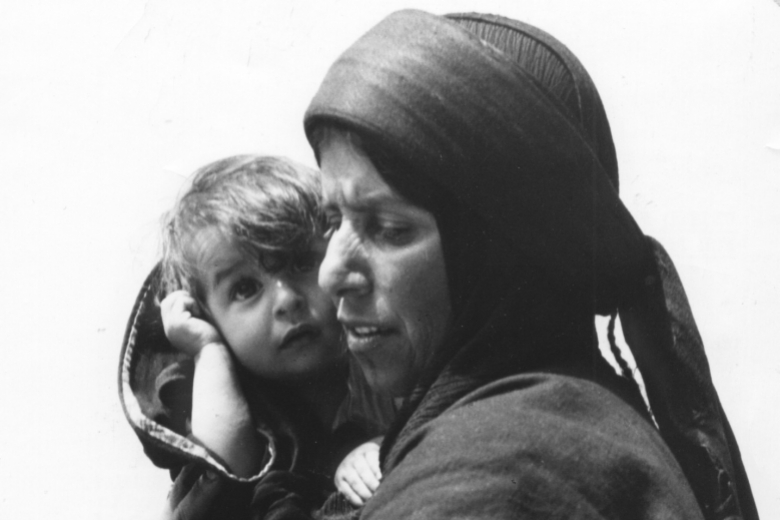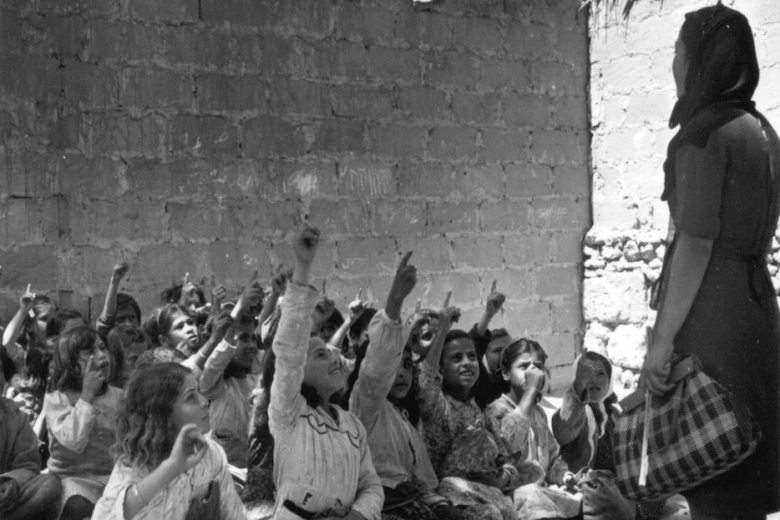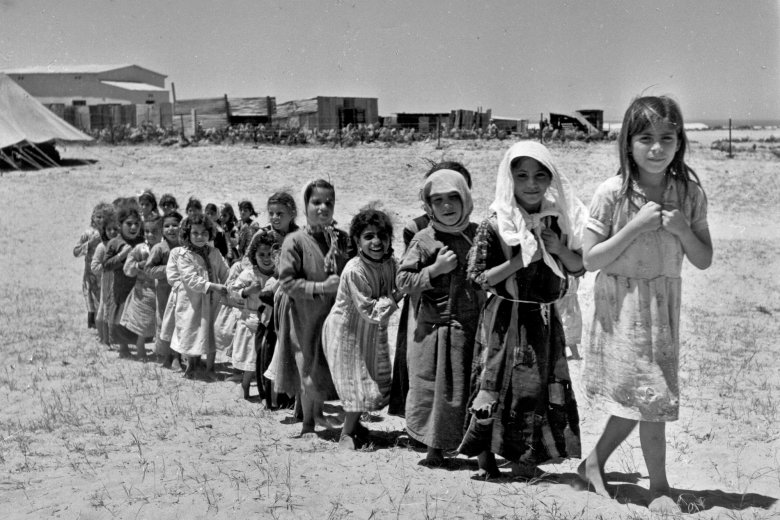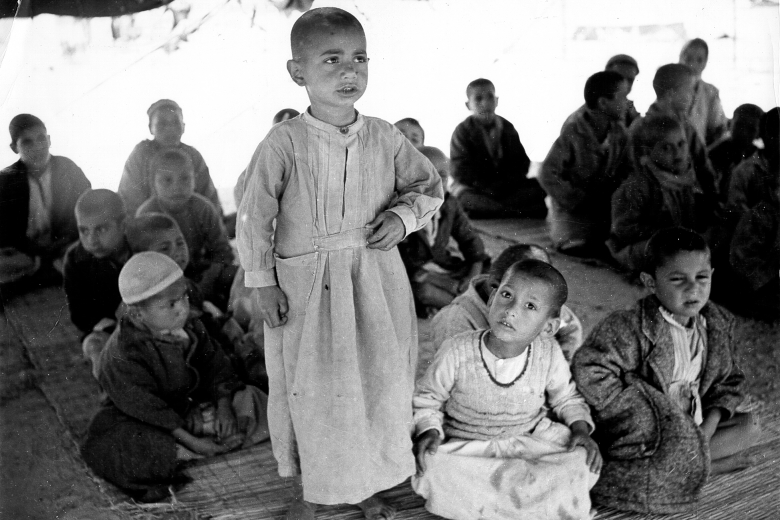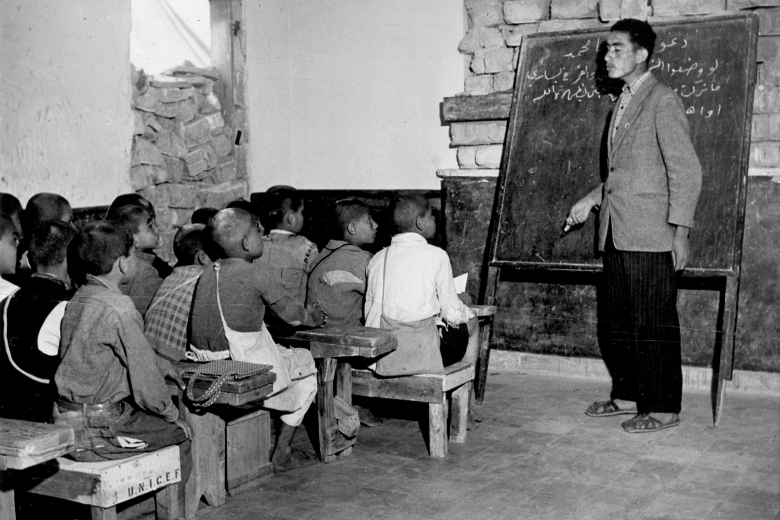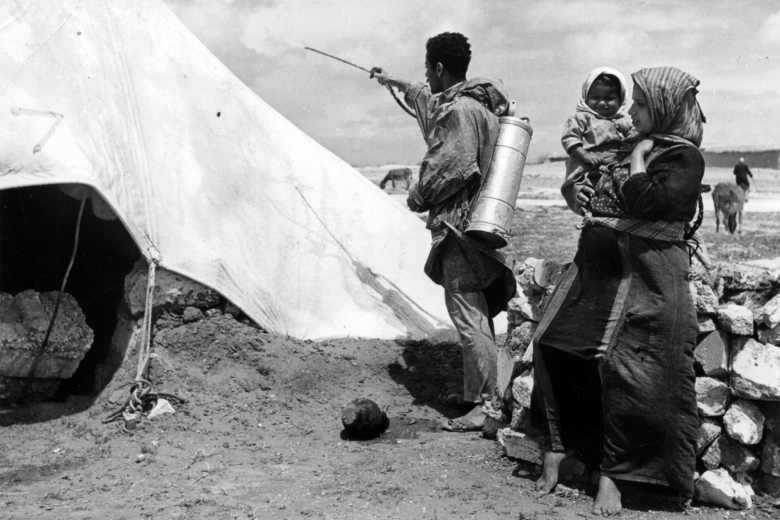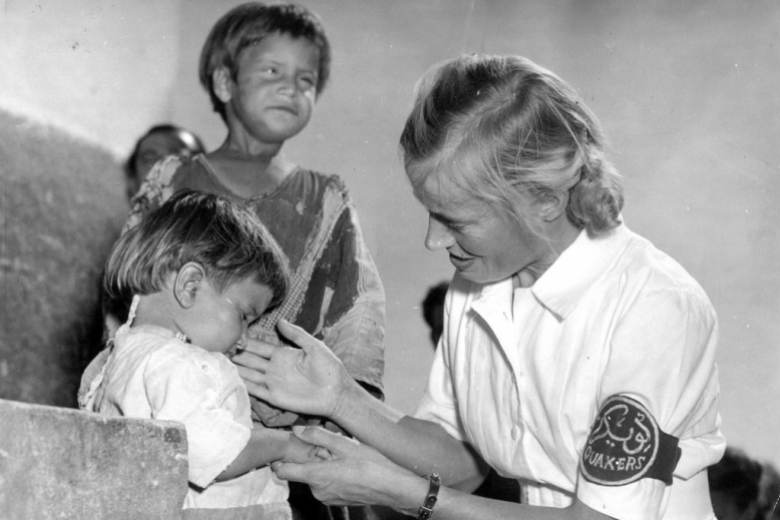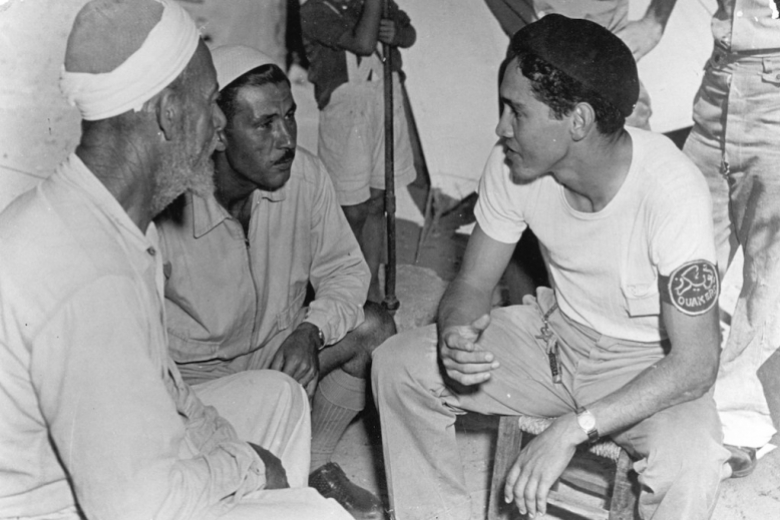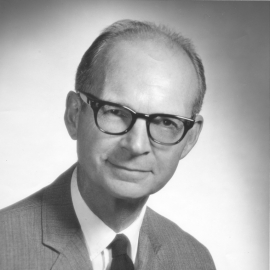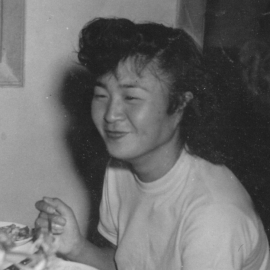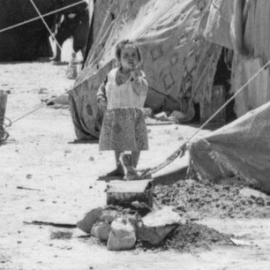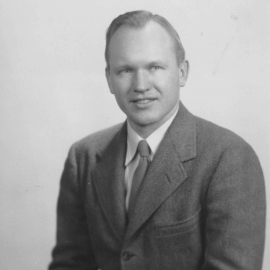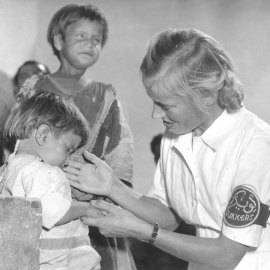When the 1948 Arab-Israeli War left nearly 250,000 Palestinian refugees stranded in Gaza, the United Nations turned to AFSC to help organize relief services. Early in 1949, 20 AFSC staffers faced a sea of people and began distributing food, clothing, tents, and blankets. Ultimately, a renowned African-American physician, Dr. Jerome Peterson, came to manage medical care.
While staff from other relief agencies lived apart in guarded houses, the Quakers “lived as close as we could … open and present and among the people all the time.” By 1950, when the United Nations took over, more than 100 AFSC staffers had worked in Gaza—most of them in their 20s and early 30s. They had managed to help Palestinians create schools, maternity centers, metal shops, and recreation clubs.


